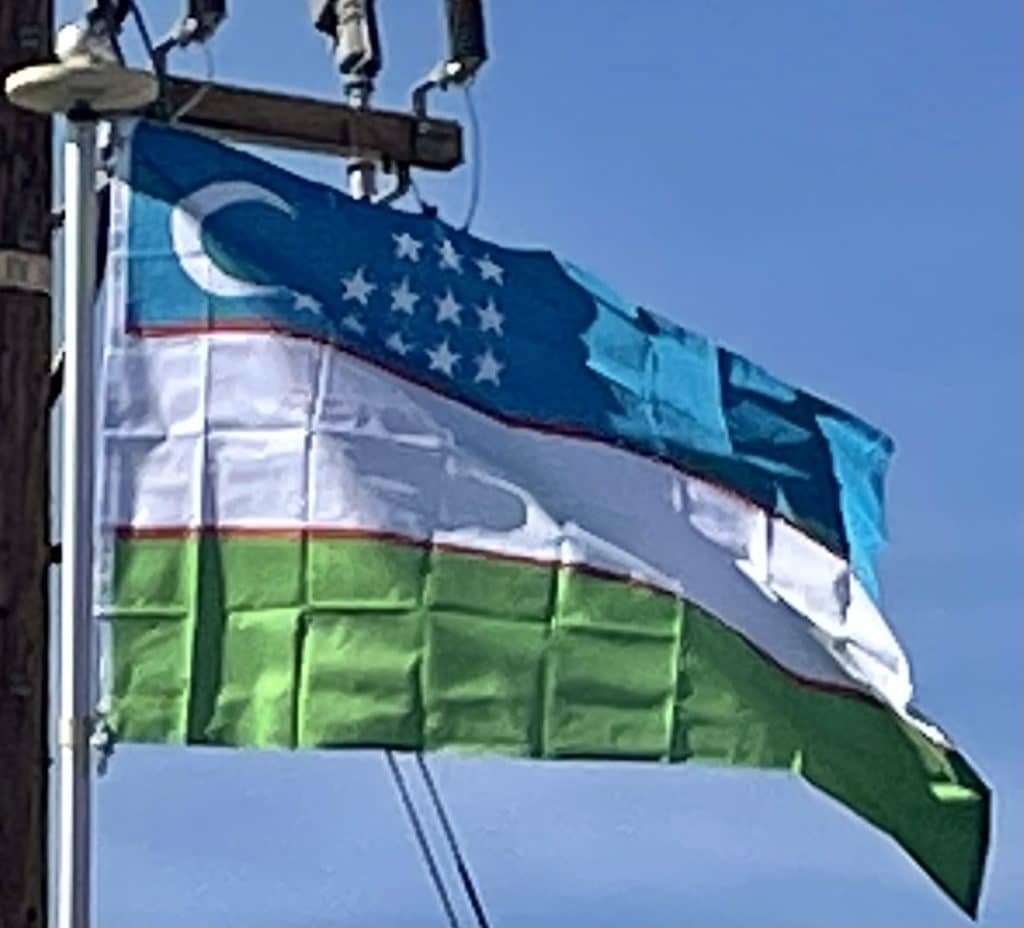The largest corporations involved in Uzbekistan’s energy sector are the China National Petroleum Corporation (CNPC), Petronas, the Korea National Oil Corporation, Gazprom, Lukoil, and Uzbekneftegas.
Along with many Commonwealth of Independent States or CIS economies, Uzbekistan’s economy declined during the first years of transition and then recovered after 1995, as the cumulative effect of policy reforms began to be felt. It has shown robust growth, rising by 4% per year between 1998 and 2003 and accelerating thereafter to 7%–8% per year. According to IMF estimates, the GDP in 2008 will be almost double its value in 1995 (in constant prices). Since 2003 annual inflation rates varied, reaching almost 40% in 2010 and less than 20% in 2019.
Uzbekistan has GNI per capita of US$2,020 in current dollars in 2018, giving a PPP equivalent of US$7,230. Economic production is concentrated in commodities. In 2011, Uzbekistan was the world’s seventh-largest producer and fifth-largest exporter of cotton as well as the seventh-largest world producer of gold. It is also a regionally significant producer of natural gas, coal, copper, oil, silver and uranium.[113]
Agriculture employs 27% of Uzbekistan’s labor force and contributes 17.4% of its GDP (2012 data). Cultivable land is 4.4 million hectares, or about 10% of Uzbekistan’s total area. While official unemployment is very low, underemployment – especially in rural areas – is estimated to be at least 20%. Cotton production in Uzbekistan is important to the national economy of the country. Uzbek cotton is even used to make banknotes in South Korea. The country has a considerable production of carrots as well. The use of child labor in Uzbekistan has led several companies, including Tesco,[116] C&A,[117] Marks & Spencer, Gap, and H&M, to boycott Uzbek cotton.
Facing a multitude of economic challenges upon acquiring independence, the government adopted an evolutionary reform strategy, with an emphasis on state control, reduction of imports and self-sufficiency in energy. Since 1994, the state-controlled media have repeatedly proclaimed the success of this “Uzbekistan Economic Model” and suggested that it is a unique example of a smooth transition to the market economy while avoiding shock, pauperism and stagnation. As of 2019, Uzbekistan’s economy is one of the most diversified in Central Asia what makes the country an attractive economic partner for China.
The gradualist reform strategy has involved postponing significant macroeconomic and structural reforms. The state in the hands of the bureaucracy has remained a dominant influence in the economy. Corruption permeates the society and grows more rampant over time: Uzbekistan’s 2005 Corruption Perception Index was 137 out of 159 countries, whereas in 2007 Uzbekistan was 175th out of 179 countries. A February 2006 report on the country by the International Crisis Group suggests that revenues earned from key exports, especially cotton, gold, corn and increasingly gas, are distributed among a very small circle of the ruling elite, with little or no benefit for the populace at large. The recent high-profile corruption scandals involving government contracts and large international companies, notably TeliaSoneria, have shown that businesses are particularly vulnerable to corruption when operating in Uzbekistan.
The economic policies have repelled foreign investment, which is the lowest per capita in the CIS. For years, the largest barrier to foreign companies entering the Uzbekistan market has been the difficulty of converting currency. In 2003 the government accepted the obligations of Article VIII under the International Monetary Fund (IMF) providing for full currency convertibility. However, strict currency controls and the tightening of borders have lessened the effect of this measure.

